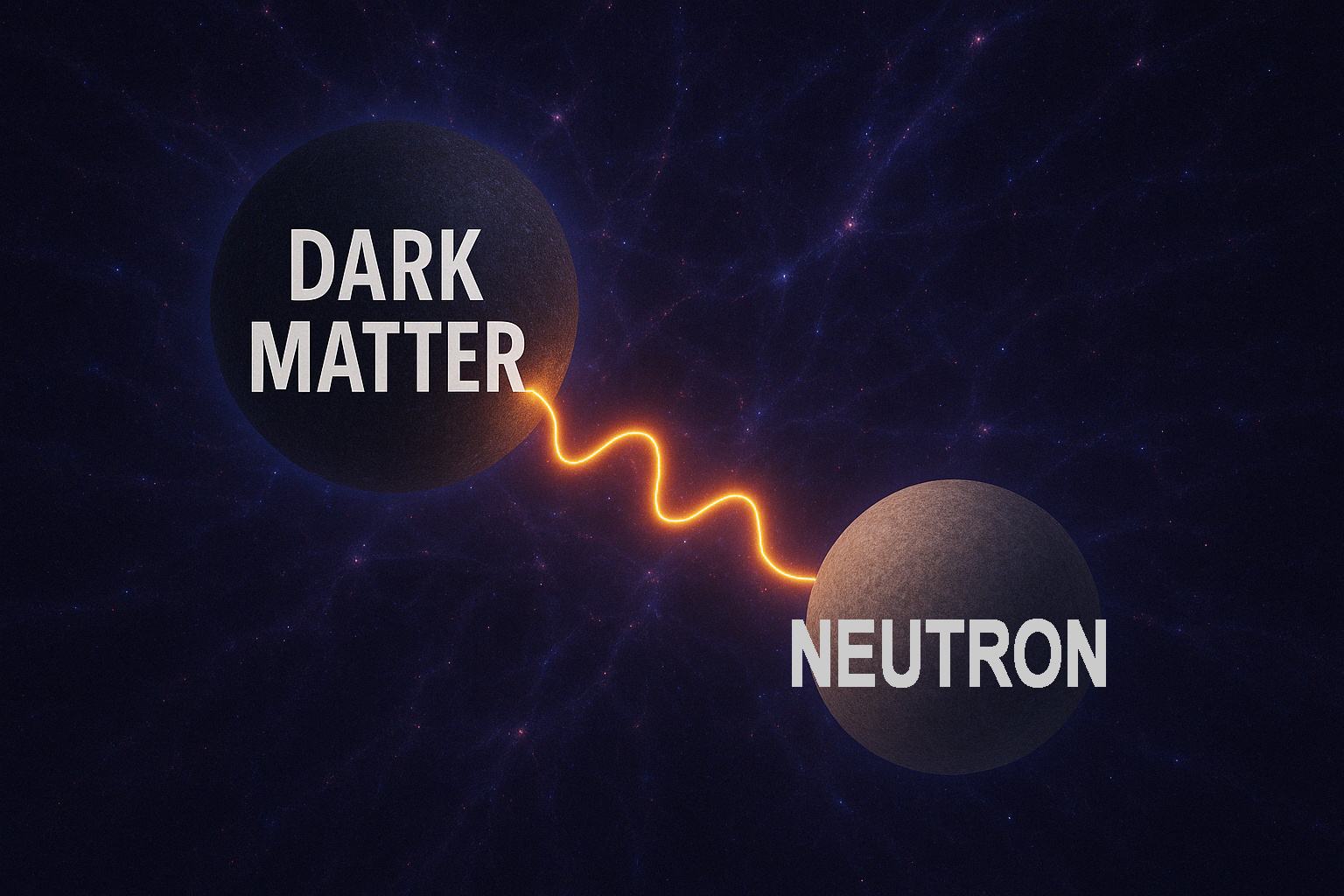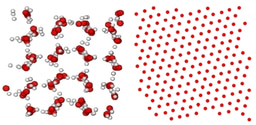Constraining Ultralight Dark Matter through an Accelerated Resonant Search

Ultralight bosonic particles, such as axions and axion-like particles (ALPs), are promising candidates for dark matter. However, their detection poses significant challenges. Traditional resonant search methods require scanning over a wide frequency range, which is time-consuming. This study introduces an accelerated strategy that optimizes the resonant scan step size, significantly improving search efficiency while setting stringent constraints on ALP-nucleon couplings in the 4.5–15.5 Hz Compton frequency range.

Concept and Collaboration
The research was conducted by a collaborative team from Beihang University, Peking University, Johannes Gutenberg University, and other institutions. The experiment utilizes a hybrid alkali-noble-gas spin system operating in nuclear magnetic resonance (NMR) mode to detect weak signals induced by ALPs. The team proposed and experimentally validated a novel scanning method that surpasses the typical resonance-bandwidth limitation.
Experimental Setup
The experiment employs an ultrasensitive atomic comagnetometer based on a ²¹Ne-Rb-K spin ensemble. By optimizing magnetic shielding and noise suppression, the system achieves an energy resolution of ~1.8×10⁻²³ eV·Hz⁻¹/². Fermi-contact interaction enhances the signal, enabling efficient detection of ALP-induced spin precession.
Accelerated Scanning Strategy and Results
The study demonstrates that increasing the amplification factor extends the measurement bandwidth without compromising sensitivity. Experimental results show a 30-fold increase in the scan step size, drastically reducing the total search time. Through 49 individual scans, the team established improved limits on ALP-neutron and ALP-proton couplings, surpassing previous constraints by several-fold in certain frequency ranges.
Challenges and Breakthroughs
The unprecedented sensitivity was achieved through rigorous suppression of magnetic noise and technical noise sources which includes air convection, mechanical vibrations, polarization inhomogeneity, laser intensity fluctuations, etc. Additionally, the Fano resonance effect, arising from interference between discrete (²¹Ne) and continuous (alkali) spin responses, was analytically modeled and experimentally calibrated to ensure accurate signal interpretation.
Significance and Applications
This work not only advances dark matter searches but also provides a general framework for accelerating resonant experiments. The methodology can be adapted to other resonant systems, such as cavity and mechanical resonators, to enhance their scanning efficiency. The achieved sensitivity and scanning speed open new possibilities for exploring unexplored parameter spaces in ultralight dark matter research.
Follow the Topic
-
Communications Physics

An open access journal from Nature Portfolio publishing high-quality research, reviews and commentary in all areas of the physical sciences.
Ask the Editor – Space Physics, Quantum Physics, Atomic, Molecular and Chemical Physics
Got a question for the editor about Space Physics, Quantum Physics, Atomic, Molecular and Chemical Physics? Ask it here!
Continue reading announcementRelated Collections
With Collections, you can get published faster and increase your visibility.
Higher-order interaction networks 2024
Publishing Model: Open Access
Deadline: Feb 28, 2026
Non-Markovian quantum dynamics in physical systems: description and control
Publishing Model: Open Access
Deadline: Dec 31, 2025





Please sign in or register for FREE
If you are a registered user on Research Communities by Springer Nature, please sign in